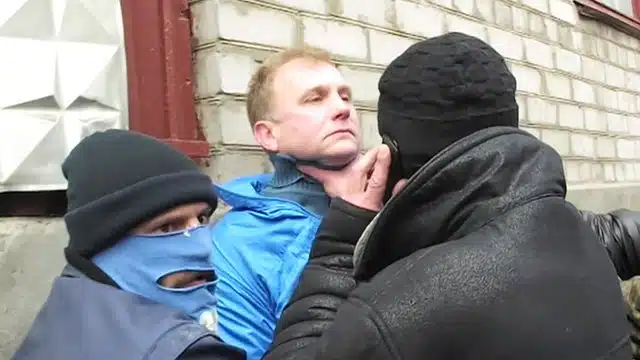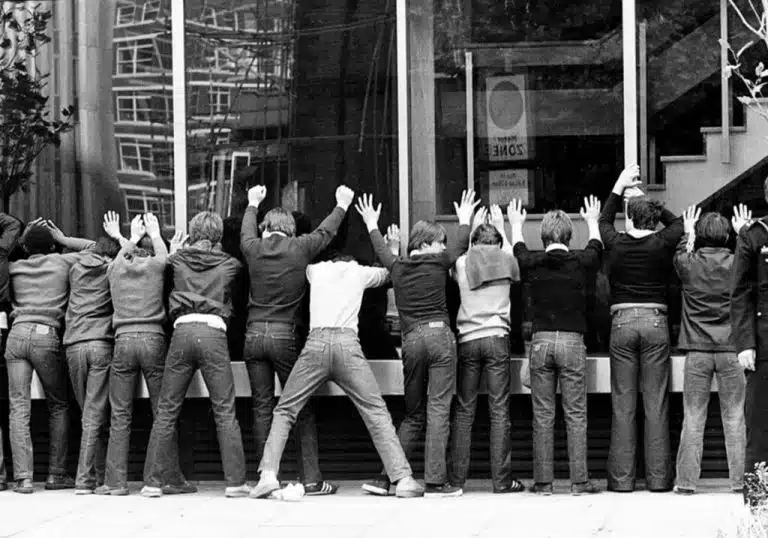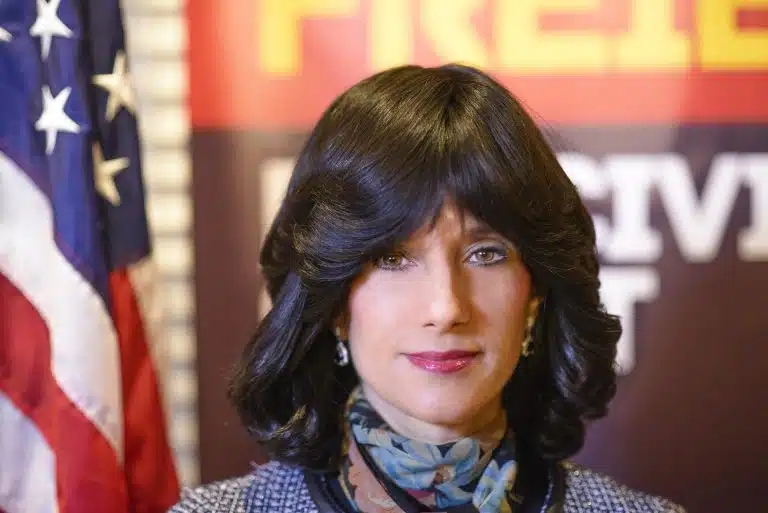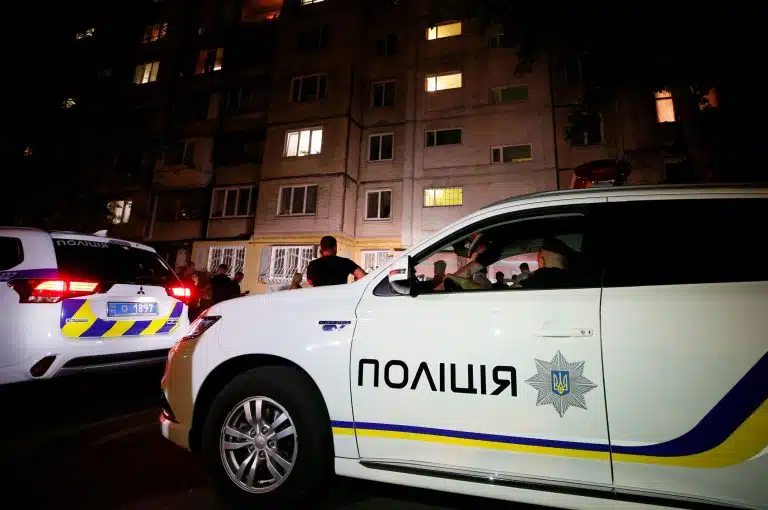Combating organized crime in Ukraine

The improvement of economic, political, social, ideological, spiritual and other relations that take place in the process of building a legal state is the factor that undermines the roots of organized crime. In the fight against this phenomenon, general social measures to improve law enforcement activities are of primary importance, which requires:
1). To complete the radical reform of the economic, social, political and other spheres of society on the basis of fair competition and democracy, to overcome the deep crisis in which Ukraine found itself during the transition from an administrative-command system of management to a civilized market economy.
2). Improve the management of state property and economic processes, strengthen control over the amount of work and consumption, eliminate the laundering of funds obtained illegally.
3). Create an effective tax system, favorable conditions for entrepreneurial activity, so that citizens have a real opportunity to work within the law.
4). Introduce a preliminary examination by banks of the financial condition of individuals and legal entities applying for loans, as well as the purpose for which these loans are obtained and the possibilities of their return.
5). Since organized crime is closely related to corruption, introduce mandatory declaration of income by all civil servants.
In addition to general preventive measures, it is necessary to strengthen special measures against organized crime. Yes, significant improvement is required by the current legislation, which largely drives the economy into the “shadow”. In connection with the fact that organized crime stems from imperfect economic relations, it is worth introducing a new scientific and educational discipline – economic criminology, as well as developing a national program for combating organized crime.
The organizational structure and activities of special units of law enforcement agencies for combating organized crime, professional training of employees, their legal and social protection, improvement of material and technical support of these units require restructuring. It is necessary to improve the strategy and tactics of operative-investigative and intelligence-analytical work, comprehensively study criminogenic situations related to the functioning of the credit-banking system. The need for centralized accounting of leaders of the criminal environment, establishment of constant control over them, including in places of execution of punishments, is ripe.
Issues of combating organized crime should be widely covered in mass media. Although they say that the “mafia is immortal”, active opposition to it at the general social and special criminological levels of prevention with the clear cooperation of all its subjects, close international cooperation in this area will make it possible to significantly reduce all kinds of manifestations of organized crime and minimize its danger to society.
Concepts and signs of professional crime
In 1897, at the Heidelberg Congress of the International Union of Criminologists, the following classification of criminals was made:
1) criminals are random, episodic;
2) criminals with unstable behavioral characteristics or those who have committed several crimes;
3) malicious or professional criminals.
As we can see, one of the first interpretations of the concept of a professional criminal basically had a single feature — tenacity, unwillingness to give up the regular commission of crimes. However, this term began to be used even earlier. Thus, the head of the Paris secret police, F. Vidok, used it against persons who systematically committed certain crimes and were noted for their high level of skill. So, at the end of the XIX century. this type of criminal was characterized by the following features: stubbornness, reluctance to stop committing crimes and the presence of specific criminal skills.
In domestic criminology, until recently, the problem of professional crime remained outside the attention of researchers. This situation was caused by the fact that Ukraine was part of the USSR, where victory over professional crime was declared as early as the 40s. Therefore, in post-Soviet criminology, there was no unequivocal opinion about its interpretation.
Let’s consider the main approaches to the interpretation of the concept of “professional crime”. First, it is understood as a set of crimes committed at the place of the criminal’s main socially positive work. This mostly concerns official crimes. Secondly, professional crime is understood as a set of such crimes, which are distinguished by the skill of their execution. In our opinion, the following definition of this concept is the most correct. Professional crime is a collection of crimes committed by persons who have chosen criminal activity as their profession.
Proponent of this understanding of professional crime O. I. Gurov points out that criminal activity:
1) acts as the main source of livelihood for the subject;
2) requires special knowledge, tools and skills to achieve the final result;
3) conditions the presence of close contacts with the criminal environment;
4) visabegins a type of persistent anti-social activity (committing mainly the same type of crimes).
We believe that the given list of signs of professional crime does not cause doubts, but the order of their location requires certain corrections. To do this, we will find out the meaning of the term “professional”, which in this case carries the burden of a generic feature. The very word “profession” means a narrowly focused activity of a person in an integrated system of social division of labor. Narrow specialization leads to a high level of qualification, which, in turn, leads to a greater material reward for work. Therefore, if we talk about criminal professionalism, the first sign should be activity aimed at obtaining sources of livelihood through criminal means.
Accordingly, the next sign will be the narrow “specialization” of the criminal. At the same time, we note that it does not indicate a narrow set of methods of criminal actions, but the direction of criminal activity, within which a person tries to master all existing methods and skillfully apply them depending on external circumstances. The latter determines the third feature — the level of criminal qualification. It is she who enables a professional criminal to receive maximum income as a result of such activity and, which is no less important for him, not to be exposed by law enforcement agencies. If it is not possible to hide the crime itself, a professional criminal does everything to make it difficult for investigative bodies to identify a person, as well as to prove his guilt in court.
Another sign of criminal professionalism is the close interaction of such criminals among themselves. Thus, in the early 1970s, a kind of conveyor belt of apartment thefts was discovered in various regions of the USSR. He looked like this. The first group of criminals chose a future victim, the second – timed the lives of apartment owners, the third – carried out direct entry into the apartment and theft, the fourth – dealt with the sale of stolen goods. At the same time, the members of the third group were, as a rule, “tourers”, and the fourth – residents of other cities where the goods were sold. This example vividly illustrates both specialization and integration of professional criminals.
From what has been said, an important conclusion emerges that the best criminal qualification can be implemented in the conditions of the activities of organized criminal groups. That is why professional crime is closely related to organized crime and is an integral part of it. However, these two types of crime are not completely identical, as they have their own specifics, which allows them to be considered separately from each other.
The genesis of professional crime in Ukraine is similar to other countries, although there are certain national peculiarities. Thus, in the USA, professional orientation did not play a significant role in a person’s ascent to the top of power in the criminal world. The main feature that should be inherent in a criminal is the ability to make a lot of money. Therefore, it is not surprising that many criminal “families” there grew on the income from the drug and porn business, while in the USSR, and then in the post-Soviet space, let’s say, a pimp was only a “man” and, as an exception, could become a “freak” .
There is a strict stratification or hierarchy in the criminal world. The highest place here is occupied by “thieves in law” – persons who obtained this status on a special thief’s ladder. In order to receive this title, the applicant had to have several “hodok” (convictions), know the slang jargon (“fenu”) well, as well as strictly follow the thief’s “laws”, be their guide among the “protégés” (teenagers who are given the secrets of criminal mastery ). At the same time, he was not supposed to serve in the Armed Forces, militia or other state bodies.
In the early 90s of the last century, the average length of stay in the “zone” for thieves in law was 13-15 years. Today, studies show that not only the length of time in prison is decreasing, but also the number of “thieves in law” who had a criminal record. There is a tendency to abandon the norm, which prohibits them from working or communicating with state structures. This is explained by the fact that there was a need to establish corrupt relations with officials at all levels. Now “thieves in law” even seek to enter the deputies’ corps in order to further conspire against criminal activity and complicate the fight against them by law enforcement agencies.
A little lower rung in the hierarchy of professional criminals is occupied by “authorities”, who also have a rather significant status in the criminal world. As a rule, they are assigned to perform administrative functions within the framework of some type of criminal activity. They are relatively autonomous and have criminal groups subordinate to them. It is from among the “authorities” that new “thieves in law” are recruited.
The lowest rung in this hierarchy is occupied by the “sixes”, who are called to carry out the tasks of the “authorities”. At liberty, the “sixes” can lead small groups, but are obliged to obey the “foreman”. In places of deprivation of liberty, they form a direct entourage of “thieves in law”. There are also “men”, who make up the main contingent of convicts. This is typical for “men”. and features: the desire to be independent; maintenance of informal norms of behavior developed in the colony; appeal to “thieves in law” in case of violation of their rights by other convicts; evading cleaning of common areas; possession of items not permitted by the regime.
Among the convicts there is also a category of persons who have a clearly expressed marginal character – these are “offended” or “oppressed”. They include those with whom an act of masculinity was committed for some fault. It should be noted that “thieves in law” are not subject to this sanction, for whom only the death penalty is prescribed for serious violations of thieving norms. The “offended” include those convicted of depraving or raping minors (they are “dropped” as soon as it becomes known about such a crime), as well as passive homosexuals.
The status of professional criminals is not unchanged. Thus, a professional thief can become an “authority”, and then for some fault, for example, cooperation with law enforcement agencies, be reduced to the position of “offended”.
Writer Rovendo

Original content license agreement Creative Commons Attribution 4.0 license







